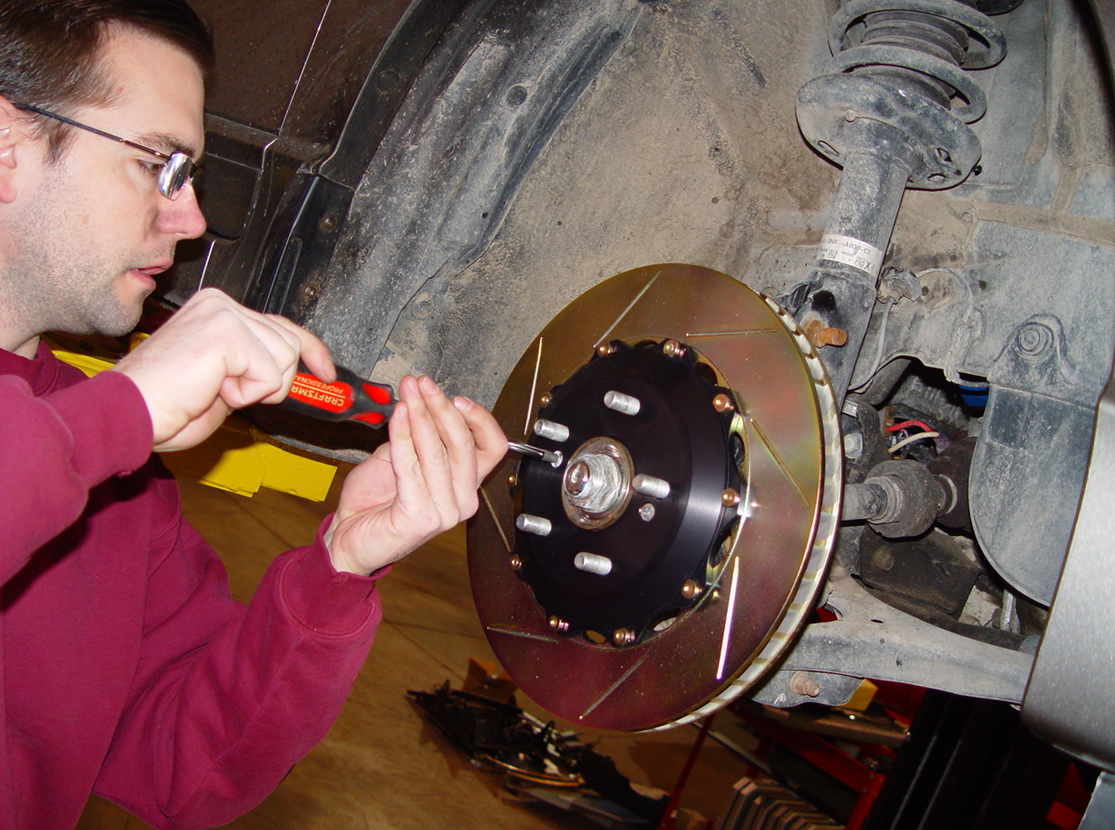Brake Component Aftermarket for Class 4-8 Vehicles on a Roll
The brake component aftermarket for commercial Class 4-8 vehicles is on a roll according to a new analysis from Frost & Sullivan.
Driving the trend is urbanization and the consequent increase in vehicles in operation (VIO), which has culminated in more stop-and-go traffic than ever before.
The results is higher wear and tear in wheel end brake components, creating a strong case for the class 4-8 commercial vehicle wheel end brake components market.
According to the report, Strategic Analysis of the North American Class 4-8 Commercial Vehicle Wheel End Brake Components Aftermarket, the market earned revenue of $705.8 million in 2012 and estimates this to reach $906.5 million in 2019. The research covers the product segments of drums, rotors, calipers, and wheel hubs. Among these categories, pneumatic drum brakes and hydraulic brake rotors are the primary revenue drivers.
Despite being at a mature phase, the class 4-8 wheel end market is expected to grow on the heels of economic recovery, CSA 2010 compliance, and tighter regulations. High standards of fleet equipment and maintenance practices are in place to minimize accidents and protect cargo. This along with an aging truck population has increased the demand for aftermarket service and maintenance.
“Technological advancements with a focus on the reduction in weight and form factor along with the advancement in the safety and durability of future wheel end components are a must,” said Frost & Sullivan Automotive & Transportation Industry Analyst Wallace Lau. “Such improvements could also arrest the tapering of profit margins caused by the increasing instability in the price and availability of steel and other inputs.”
Domestic manufacturers will do well to factor in the total cost of ownership when designing market positioning strategies. This will enable them to account for escalating fuel prices and transportation costs and help in securing higher margins and enhanced brand value.
“Furthermore, intense market competition from low-cost imports is pressuring domestic manufacturers to lower their prices to compete over the short-term,” explained Lau. “Domestic players are expected to implement strategic plans to combat this issue using a good-better-best product portfolio to meet the unique needs of all fleet price points, age of trucks, and needs.”
“Pricing, most of all, is the key competitive ingredient in a mature market,” noted Lau. “Outsourcing from low-cost regions is one sure way to enhance price competitiveness. However, it is essential to enforce rigorous assurance testing to protect brand integrity.”
More information at: www.frost.com.
Category: Breaks, Suspensions & Chassis, General Update











